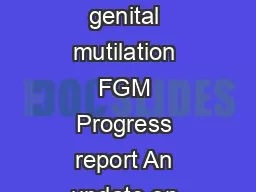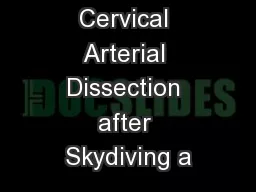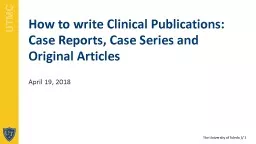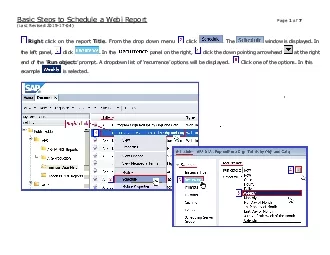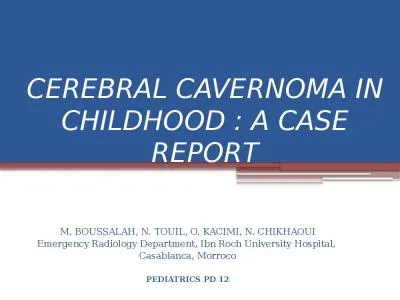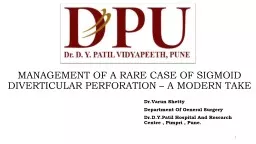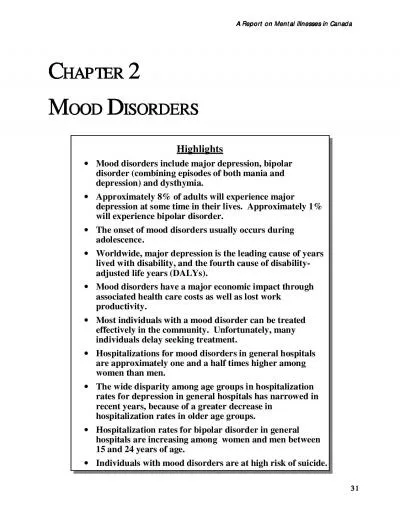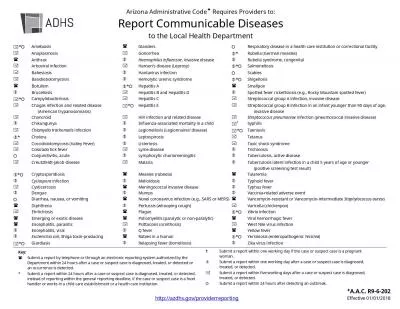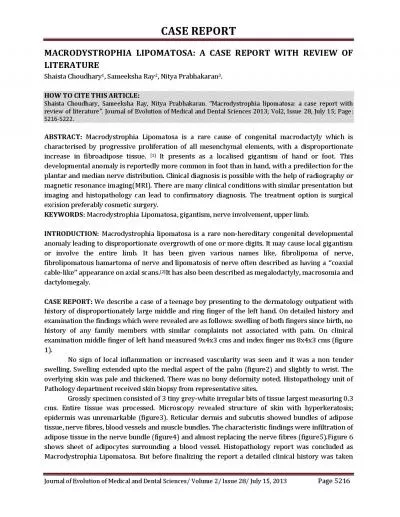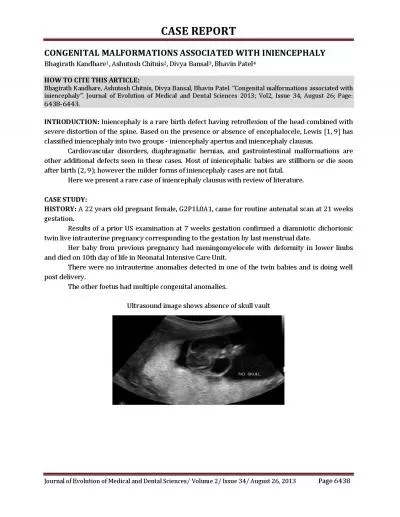PDF-Case Report
Author : olivia | Published Date : 2022-08-16
35276 ISSN 2574 1241 DOI 1026717BJSTR202244007012 Suture Thread Incisional Biopsy of Oral Tissues A Case Report of a Unique Technique Hamad Albagiah 1 and Lujain
Presentation Embed Code
Download Presentation
Download Presentation The PPT/PDF document "Case Report" is the property of its rightful owner. Permission is granted to download and print the materials on this website for personal, non-commercial use only, and to display it on your personal computer provided you do not modify the materials and that you retain all copyright notices contained in the materials. By downloading content from our website, you accept the terms of this agreement.
Case Report: Transcript
Download Rules Of Document
"Case Report"The content belongs to its owner. You may download and print it for personal use, without modification, and keep all copyright notices. By downloading, you agree to these terms.
Related Documents


